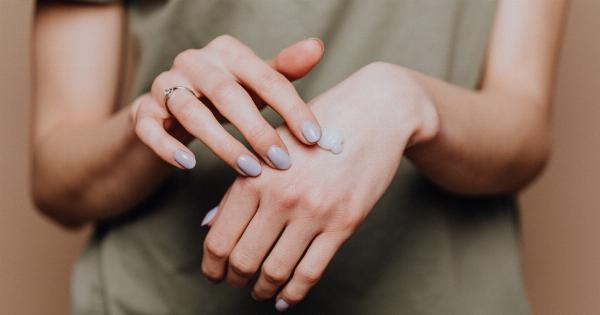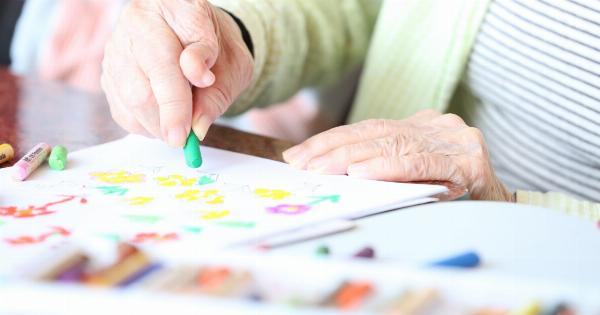Summer is the best time to go outdoors and engage in physical activities. However, with outdoor sports, comes muscle and joint pain. Many people experience muscle pain during summer activities because of the added stress on the muscles and joints.
The heat can be a significant cause of muscle pain, and with the humidity, it can be an uphill battle to stay fit and healthy. Here are some tips on how to deal with muscle pain during summer activities.
Stay Hydrated
The first tip for dealing with muscle pain during summer activities is to stay hydrated. Dehydration can cause muscle cramps and spasms, which can be a painful experience.
When the body sweats, it loses essential fluids, and if the fluids are not replaced, fatigue can set in, and muscles can become weak. Staying hydrated during summer activities will not only help reduce muscle pain but also improve overall performance. So, make sure to drink plenty of fluids before, during, and after any physical activity.
Stretch Properly
Stretching before and after any physical activity is essential. It helps warm up the muscles, increase blood flow and reduce the risk of injury. However, it is essential to stretch properly to avoid muscle pain.
Improper stretching or not stretching at all can lead to muscle strains, which can be quite painful. It is advisable to stretch the major muscle groups that will be used during the activity. Stretching for ten to fifteen minutes before and after an activity can help reduce muscle pain.
Wear Proper Clothing
Wearing the right clothing can make a big difference when it comes to muscle pain. Loose-fitting clothes made of breathable fabric can help reduce muscle strain, especially during hot and humid weather conditions.
Proper supportive footwear can also help reduce muscle pain by providing stability and preventing sprains and strains. It is also important to wear protective gear such as helmets, knee pads, and elbow guards when engaging in high-impact sports.
Take Breaks and Rest
It is important to take breaks and rest during any physical activity to avoid muscle pain. Prolonged physical activity can lead to muscle fatigue, which can cause muscle pain.
Taking short breaks and resting in between physical activity can help prevent fatigue and muscle pain. It is also essential to get adequate rest and sleep to recover from any muscle soreness or pain.
Apply Heat or Cold Therapy
Applying heat or cold therapy can help reduce muscle pain. Heat can help relax the muscles and increase blood flow, while cold therapy can reduce pain and swelling.
Applying heat or cold therapy for twenty minutes at a time can help reduce muscle pain and soreness.
Massage Therapy
Massage therapy can be an effective way to deal with muscle pain during summer activities. Massage helps increase blood flow, relax muscles, and reduce muscle soreness.
Massaging the affected area for ten to fifteen minutes can help reduce muscle pain and soreness.
Use Over-the-Counter Pain Relievers
Over-the-counter pain relievers such as Ibuprofen and Acetaminophen can be used to reduce muscle pain and soreness. It is important to read the instructions on the label carefully and follow the recommended dosages.
Pain relievers should not be taken for an extended period, and it is advisable to speak to a doctor before taking any medication.
Consult a Doctor
If muscle pain persists or becomes unbearable, it is important to consult a doctor. A doctor can help diagnose the cause of muscle pain and recommend appropriate treatment options.
It is essential to seek medical attention if muscle pain is accompanied by other symptoms such as swelling, redness, or fever.
Conclusion
Muscle pain during summer activities can be an inconvenience, but with the right preparation and precautions, it can be managed effectively.
Staying hydrated, stretching properly, wearing proper clothing, taking breaks and rest, applying heat or cold therapy, massage therapy, and using over-the-counter pain relievers are some of the ways to deal with muscle pain. If muscle pain persists, it is important to seek medical attention to avoid any further complications.



























